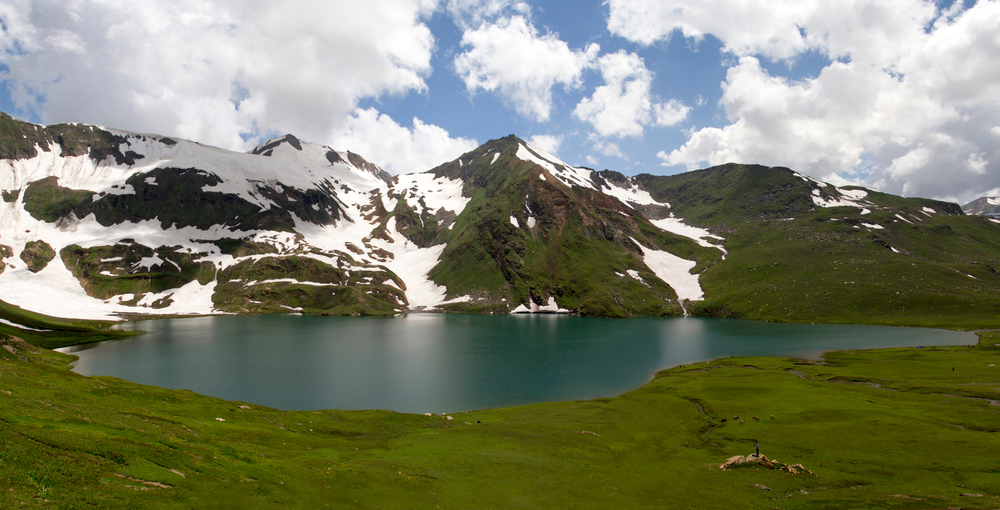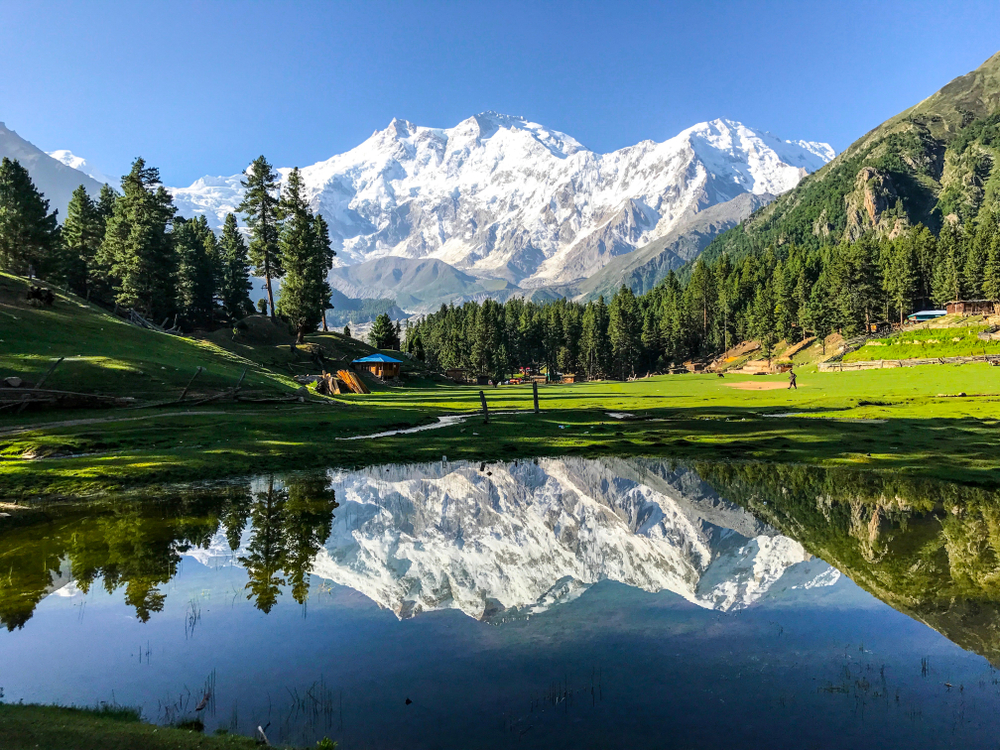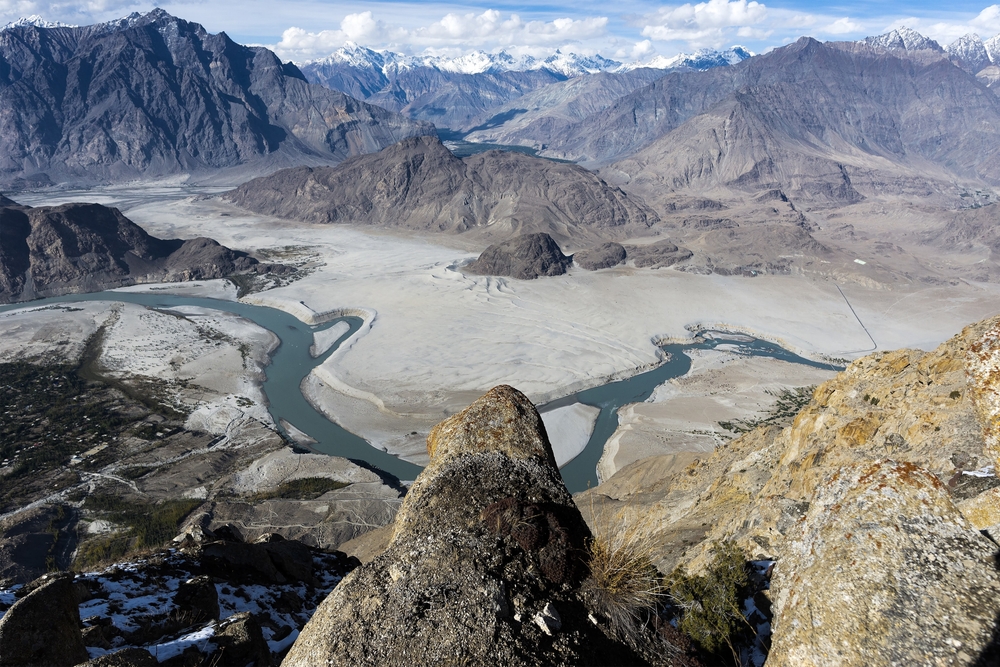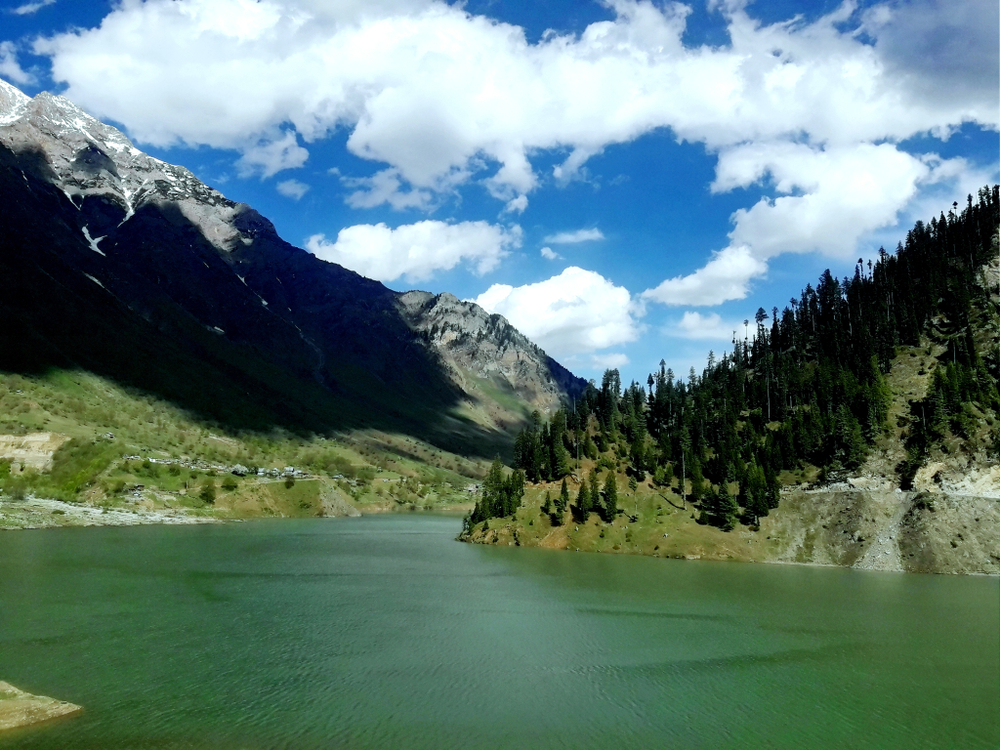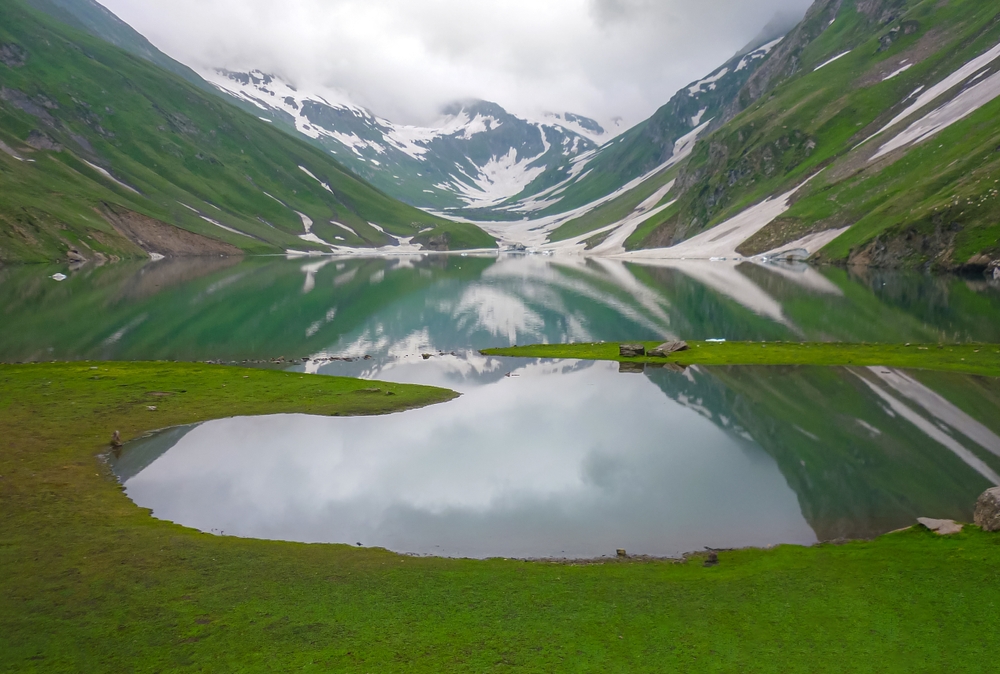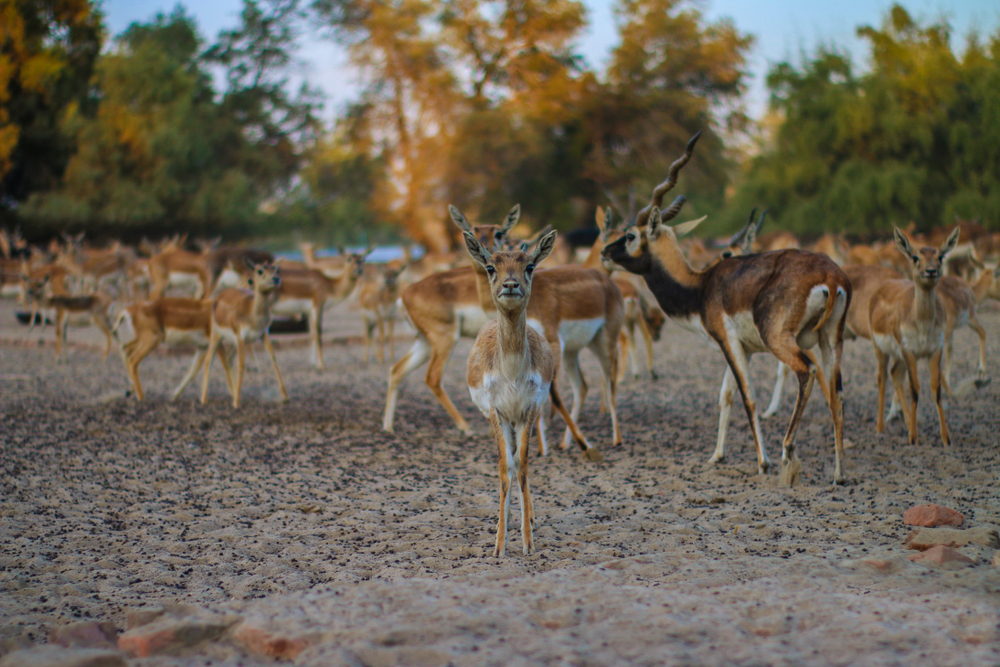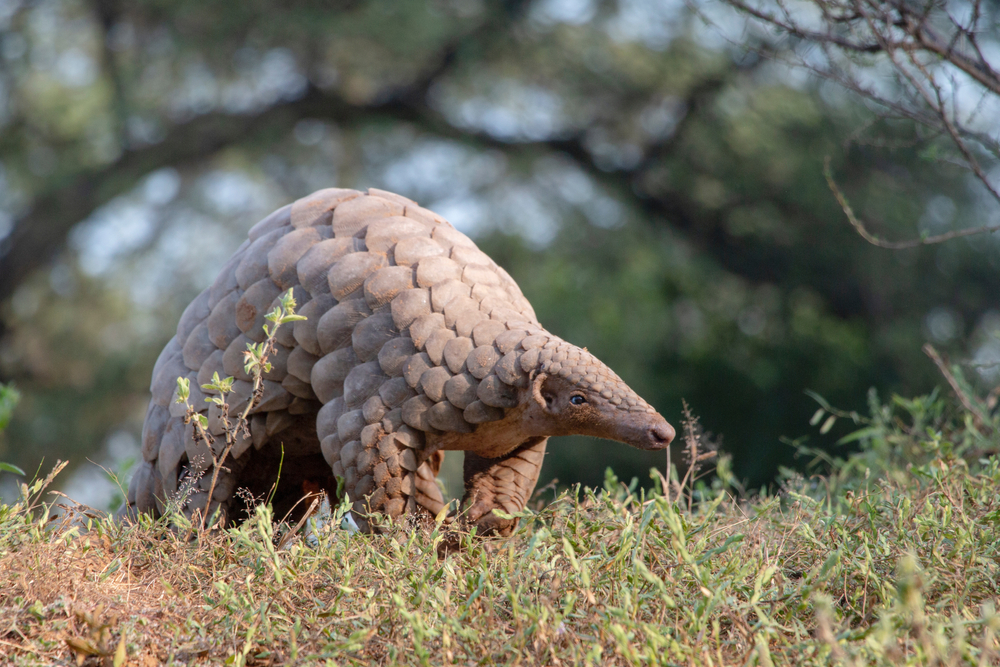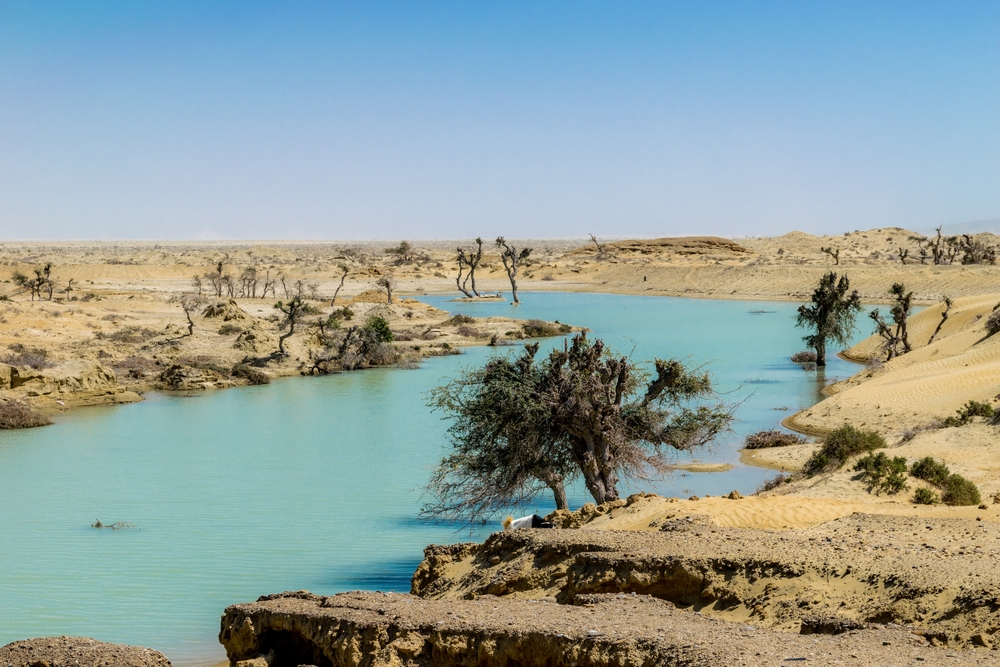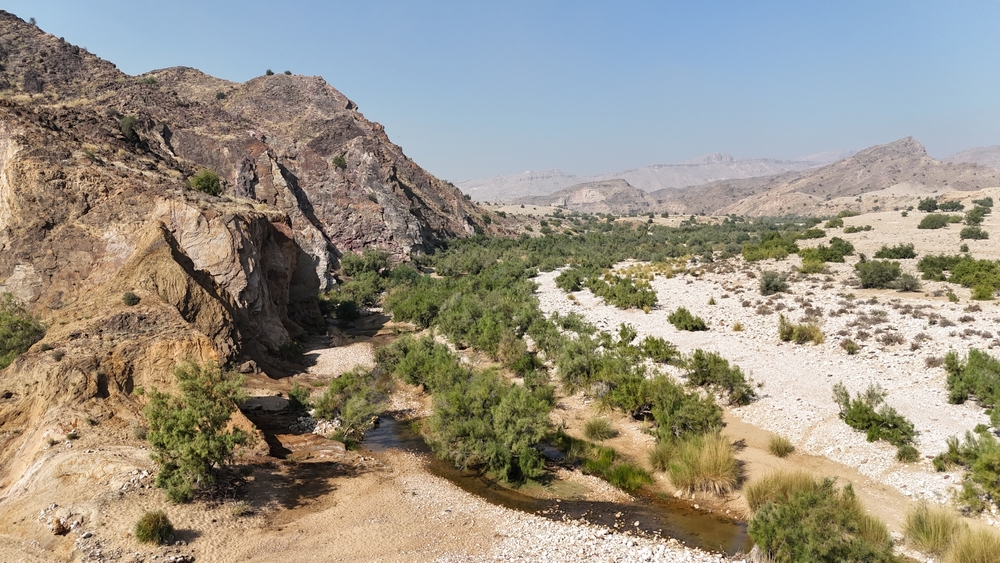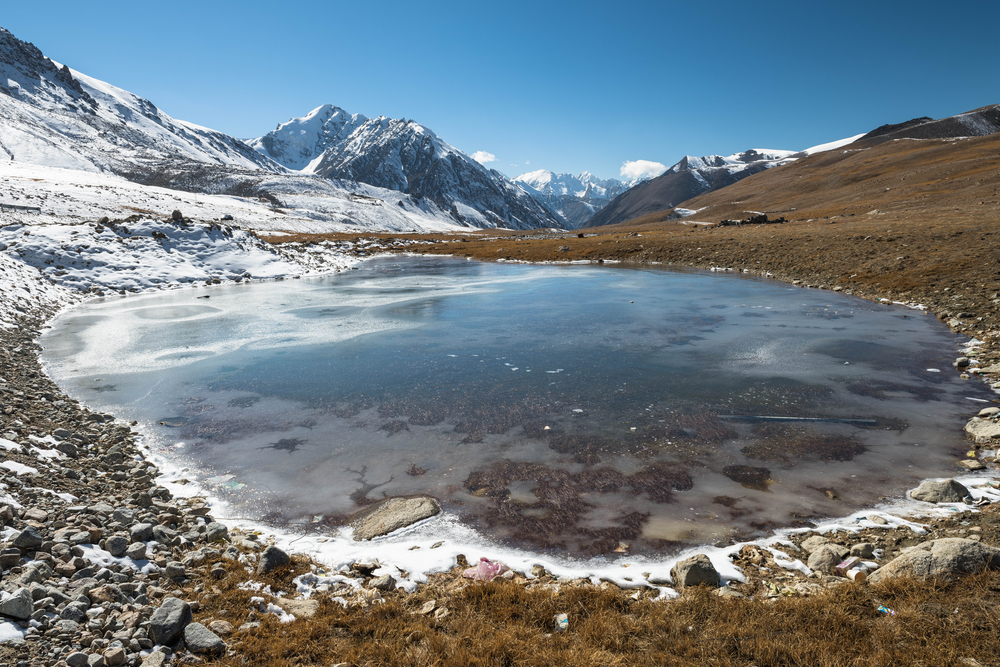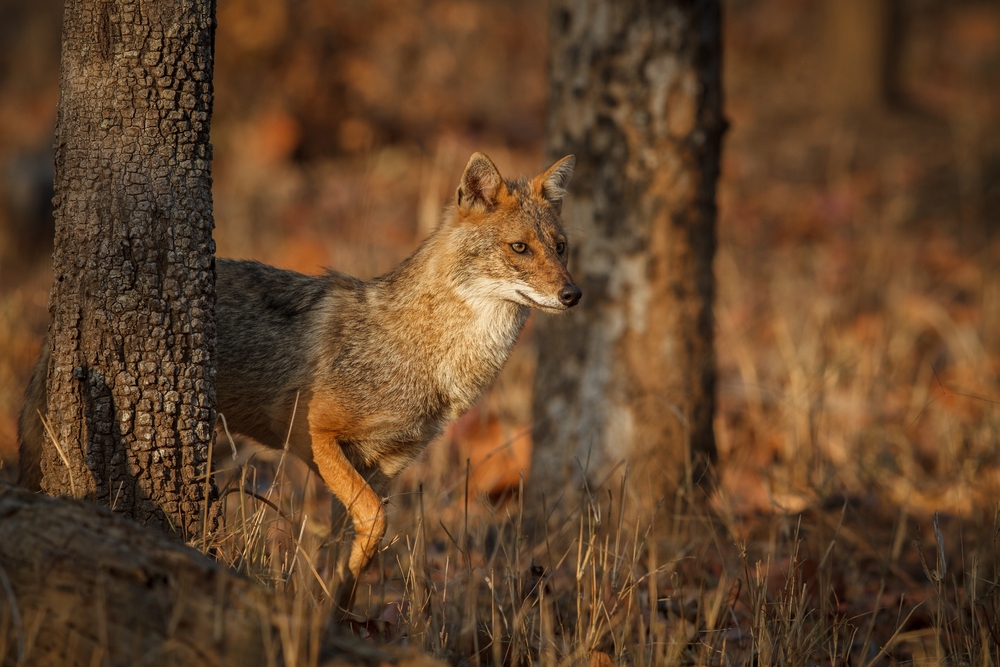Lulusar-Dudipatsar Overview
Lulusar-Dudipatsar National Park, locally known as لولوسر-دودی پتسر نیشنل پارک, is a high-altitude protected area located in the Kaghan Valley of Khyber Pakhtunkhwa, Pakistan. The park spans approximately 216 square miles (560 square kilometers) and lies in the Mansehra District in the northern region of the country.
It encompasses dramatic alpine landscapes, including snowcapped peaks, meadows, and glacier-fed lakes, with the most prominent being the Lulusar and Dudipatsar Lakes. These pristine bodies of water, surrounded by rugged terrain, give the park its name and form the heart of its natural beauty.
The terrain of Lulusar-Dudipatsar National Park is defined by steep mountain ridges, high-altitude pastures, and cold glacial valleys. The park sits at elevations ranging from 10,000 to over 13,000 feet (3,000 to 4,000 meters), making it largely inaccessible during the long winter months.
In summer, alpine wildflowers carpet the meadows, and the snow gives way to sparkling blue lakes and cascading streams. Lulusar Lake, the source of the Kunhar River, is the largest in the park and easily accessible by road, while Dudipatsar Lake lies deeper in the mountains and requires a challenging trek. Vegetation includes alpine grasses, herbs, and scattered stands of juniper and birch in lower elevations.
The park is home to a range of wildlife adapted to its cold, alpine environment. Key mammals include the Himalayan brown bear, Himalayan ibex, snow leopard, and marmot. These species are elusive and well-suited to the high terrain, with populations mostly limited due to the challenging habitat.
Among the birds found in the park are Himalayan snowcocks, golden eagles, and griffon vultures. Migratory birds, such as ducks and geese, can be seen around the lakes during the summer months. The lakes and meadows also support a rich variety of butterflies and insects, which are active in the brief summer growing season.
The lakes are the most iconic features of the park and attract both domestic and international visitors. Lulusar Lake is known for its turquoise waters and scenic mountain backdrop, often serving as a stop for travelers on the way to Babusar Pass.
Dudipatsar Lake, often referred to as the “Queen of Lakes,” lies in a remote alpine basin and is accessed via an 18-kilometer trekking trail through lush meadows and steep slopes. The serene landscapes and reflections of surrounding peaks in the still lake waters make it a sought-after destination for trekkers and nature photographers.
Visitors experience Lulusar-Dudipatsar National Park primarily through hiking, trekking, and sightseeing during the summer season. Jeep safaris to Lulusar Lake are common, while guided treks to Dudipatsar Lake are recommended due to the challenging terrain.
Camping in the meadows and near the lakes is popular among adventure seekers, though visitors must come prepared for variable weather and limited facilities.
Conservation efforts in the park aim to protect its fragile alpine ecosystems and endangered species. The park’s remoteness has helped preserve much of its natural integrity, but increasing tourism has introduced pressures, including littering and trail erosion.
Wildlife disturbance and habitat loss due to climate change are also growing concerns. Government and non-profit initiatives have begun promoting responsible tourism and local community involvement in conservation, though sustained efforts are needed to balance visitor access with environmental protection.








































































